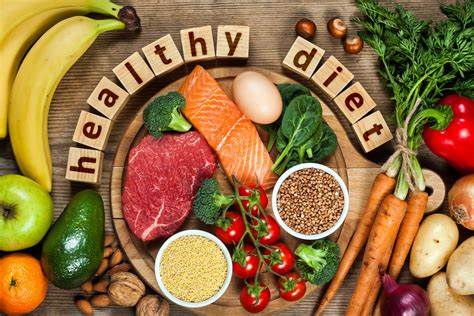Navigating the grocery store aisles can be overwhelming, especially with the abundance of food options available in Australia. One crucial skill that can help you make healthier choices is understanding nutrition labels. These labels provide essential information about what’s in your food, allowing you to make informed decisions that align with your health goals. Let’s break down how to read nutrition labels effectively.
Why Nutrition Labels Matter
Nutrition labels are designed to give consumers clear and concise information about the nutritional value of food products. According to the Australian Institute of Health and Welfare, understanding these labels can help you manage your dietary intake and make healthier choices, particularly as many Australians struggle with diet-related health issues.
Key Components of Nutrition Labels
Serving Size
The serving size indicates the amount of food that the nutritional information is based on. Pay attention to this, as it can significantly affect the numbers you see on the label. Compare the serving size to how much you typically consume.
Energy (Calories)
This section tells you how many kilojoules (kJ) are in a serving. Understanding your energy needs can help you choose foods that fit your dietary goals. For reference, the average daily intake for adults is around 8,700 kJ, but this can vary based on activity level.
Macronutrients
Look for information on fats, carbohydrates, and proteins.
Fats: Pay attention to the types of fat listed. Saturated and trans fats should be limited, while unsaturated fats (like those found in nuts and avocados) are healthier choices.
Carbohydrates: Check for total carbohydrates, as well as sugars. Aim for foods that are lower in added sugars and higher in dietary fiber.
Protein: This is important for muscle repair and overall health. Aim for products that offer a good source of protein, particularly if you lead an active lifestyle.
Vitamins and Minerals
Look for information on key vitamins and minerals, such as calcium, iron, and vitamin D. These are essential for maintaining good health. Foods high in these nutrients can support your overall well-being.
% Daily Values (%DV)
This percentage indicates how much a nutrient in a serving contributes to your daily diet. A %DV of 5% or less is considered low, while 20% or more is high. Use this as a guideline to assess whether a product is a good source of specific nutrients.
Tips for Making Informed Choices
1. Compare Products
When choosing between similar products, compare their nutrition labels side by side. This can help you make a more informed decision about which option is healthier.
2. Watch Out for Claims
Be cautious of health claims like “low fat” or “sugar-free.” These can sometimes be misleading. Always check the nutrition label for the full picture, as products marketed as healthier can still be high in calories or other less desirable ingredients.
3. Focus on Whole Foods
Whenever possible, opt for whole, minimally processed foods. Fruits, vegetables, whole grains, and lean proteins typically have fewer additives and more nutrients than packaged products.
4. Be Mindful of Portion Sizes
Understanding serving sizes can help you gauge how much you should eat. Sometimes, a single serving can be much smaller than what you might typically consume, so be aware of this to avoid overeating.
5. Use Technology
There are various apps available that can help you decode nutrition labels and track your dietary intake. Some popular choices include MyFitnessPal and Fooducate, which can provide personalized insights based on your goals.
Join the Life Program
For Australians looking to improve their dietary habits and understanding of nutrition labels, the Life Program is a valuable resource. It offers support and education for making healthier lifestyle choices. Learn more about the program here.
Helpful Resources
Conclusion
Understanding nutrition labels is a powerful tool that can help you make informed food choices and support a healthier lifestyle. By learning to read labels effectively, you can choose foods that meet your nutritional needs and align with your health goals. So next time you’re at the supermarket, take a moment to check the nutrition labels and empower yourself to make better choices for your health!







